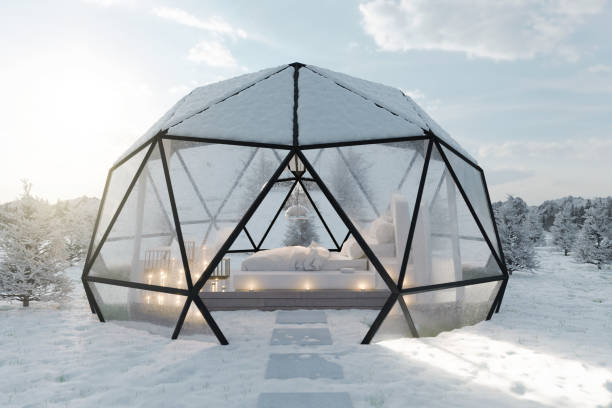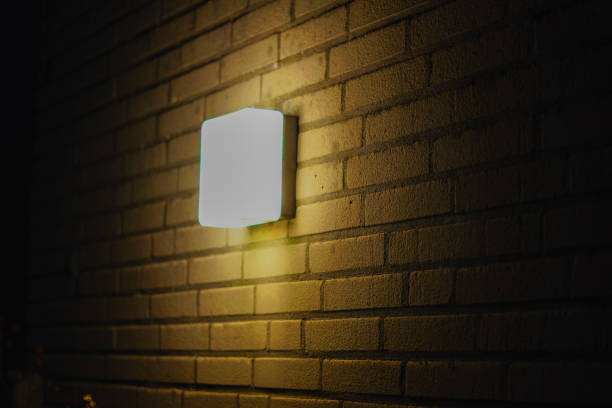Are Geodesic Domes the Future of Sustainable Housing?
In a world increasingly focused on sustainability, innovation in housing design is key to achieving long-term environmental goals. Geodesic domes, with their distinctive spherical shape and unique engineering, offer intriguing possibilities for sustainable living. Is it possible that these architectural marvels could represent the future of housing?
Let’s dive into the world of geodesic domes, explore their sustainability aspects, and examine their potential to shape the future of housing.
What Are Geodesic Domes?
Geodesic domes are structures composed of a network of triangles that form a spherical or semi-spherical shape. This design allows for an even distribution of stress, making the domes exceptionally strong and resistant to external forces such as wind and earthquakes. The dome’s shape also encloses the most volume with the least surface area, leading to increased energy efficiency.
The mathematics behind geodesic domes involve intricate geometric principles, particularly the concept of great circles intersecting a sphere. These circles create a web of interconnected triangles, resulting in a strong and stable structure. Fuller’s innovation in geodesic design revolutionized the way we think about building efficiency and resilience.
Sustainability Aspects
Geodesic homes in Australia offer several sustainability benefits that make them an attractive option for eco-conscious homeowners:
– Energy Efficiency: The dome’s shape minimizes surface area, leading to lower energy consumption for heating and cooling. The even distribution of temperature inside the dome further reduces the need for artificial climate control.
– Material Efficiency: Geodesic domes can be constructed with a variety of eco-friendly and recycled materials, reducing the carbon footprint associated with building new homes.
– Resource Conservation: The design of geodesic domes allows for efficient use of natural resources such as water and light. Large windows can be strategically placed to maximize natural light, while rainwater collection systems can be integrated seamlessly.
Challenges and Considerations
While geodesic domes offer many benefits, there are some challenges and considerations to keep in mind:
– Zoning and Regulatory Challenges: Traditional zoning regulations may not accommodate geodesic domes, which can lead to difficulties in obtaining permits and approvals.
– Aesthetic Preferences: The unconventional appearance of geodesic domes may not appeal to everyone’s tastes, particularly those accustomed to more traditional architectural styles.
Case Studies
Geodesic homes in Australia have showcased the potential of this architectural style. One notable example is the sustainable housing project in Tasmania, where a community of geodesic dome homes was established. The domes were designed using locally sourced materials and were equipped with solar panels, rainwater collection systems, and energy-efficient appliances.
Another remarkable case is the eco-village in Queensland, where geodesic domes were built as part of a larger sustainable living community. The domes were tailored to suit the local climate, incorporating passive solar heating and cooling techniques.
These case studies demonstrate how geodesic domes can be adapted to various environments and integrated with other sustainable technologies.
The Future of Geodesic Domes
The future of geodesic domes in housing developments looks promising, as they offer a sustainable and efficient alternative to traditional housing. New technologies such as 3D printing and advanced materials could further improve dome design and construction, making them more accessible and affordable for a wider audience.
Geodesic domes also align with broader trends toward sustainable housing, such as net-zero energy homes and community-focused living. As society continues to prioritize environmental sustainability, geodesic domes could play a significant role in shaping the future of housing.
Conclusion
In conclusion, geodesic domes have the potential to become a mainstream option for sustainable housing due to their energy efficiency, strength, and adaptability. While there are some challenges to overcome, such as regulatory hurdles and aesthetic preferences, the benefits of geodesic domes far outweigh these drawbacks.
Geodesic homes in Australia offer a glimpse of the possibilities for sustainable living, showcasing how these domes can be tailored to various climates and integrated with other eco-friendly technologies. As new advancements in technology and materials emerge, geodesic domes could become an integral part of the future of sustainable housing.






